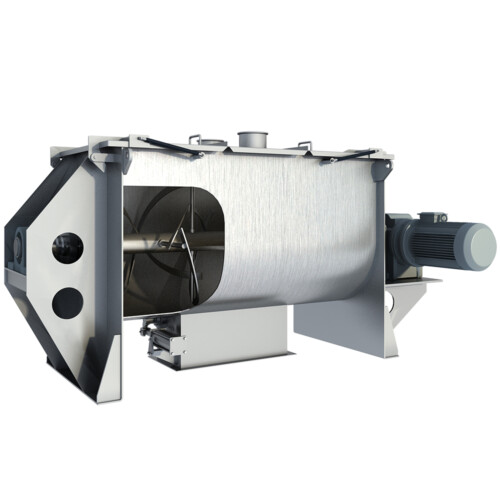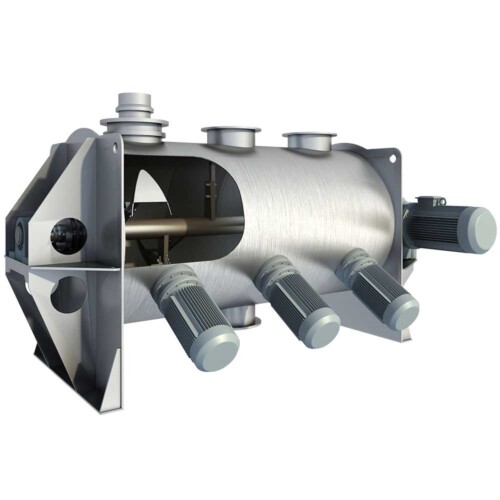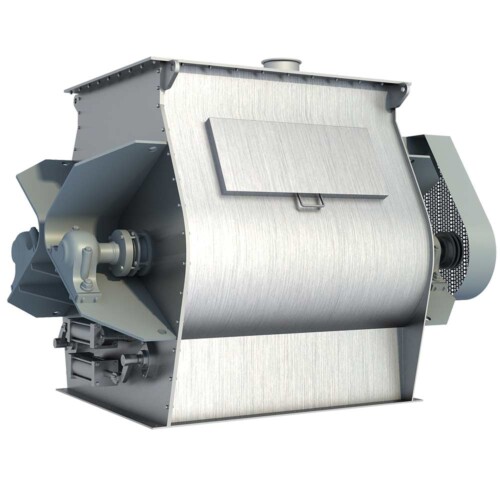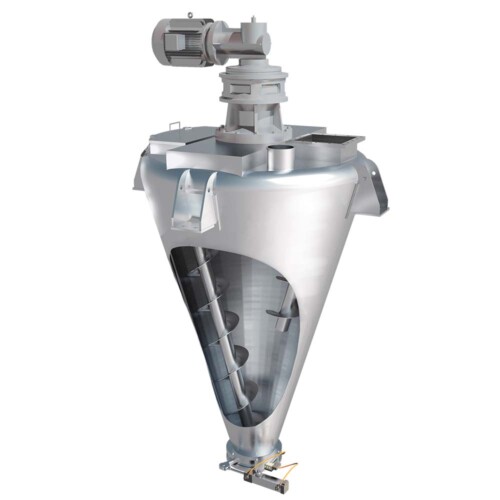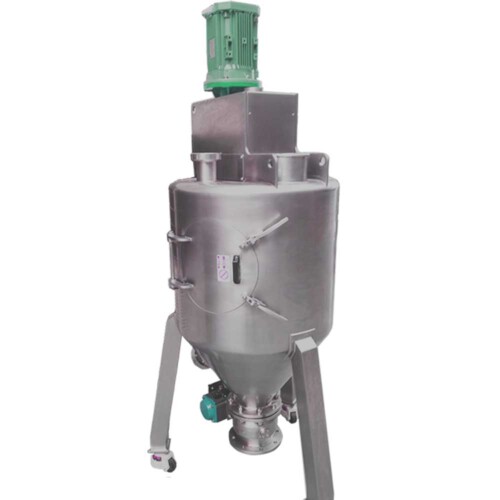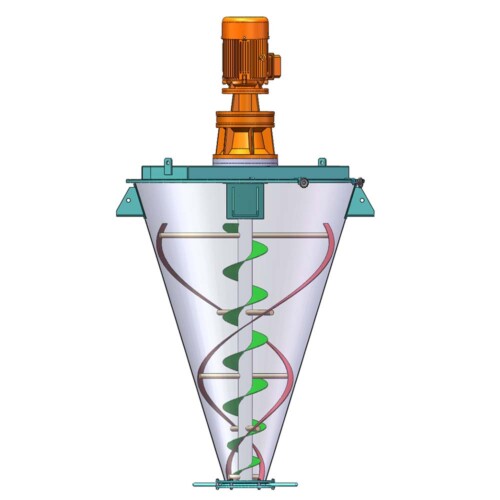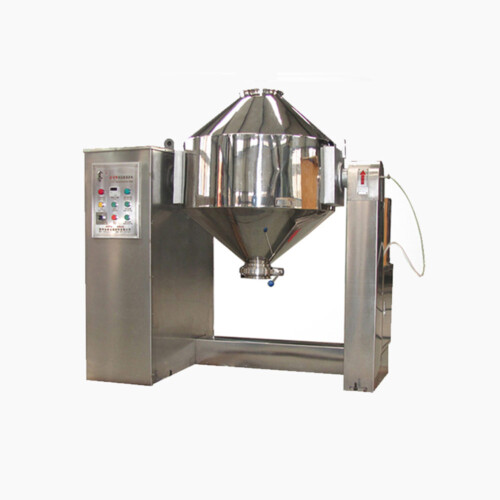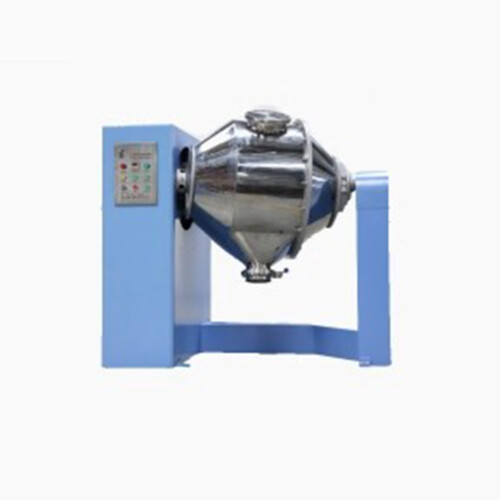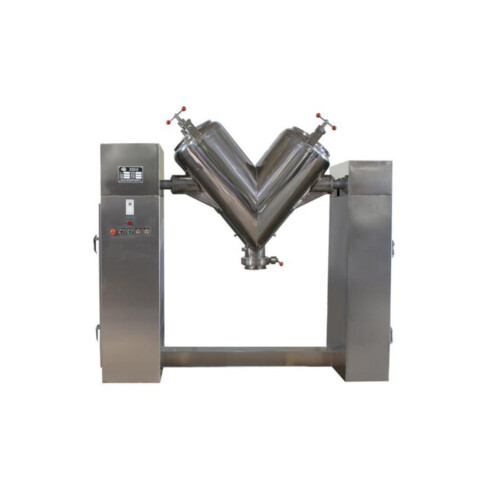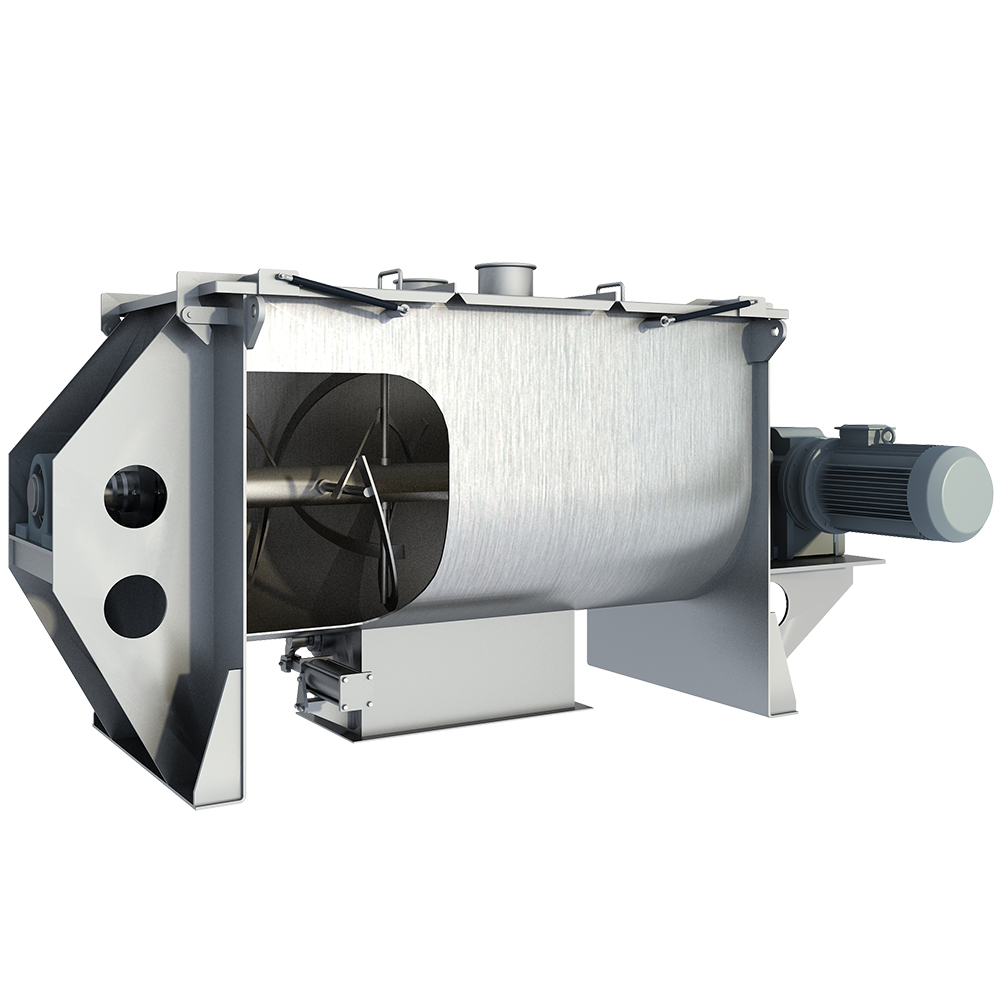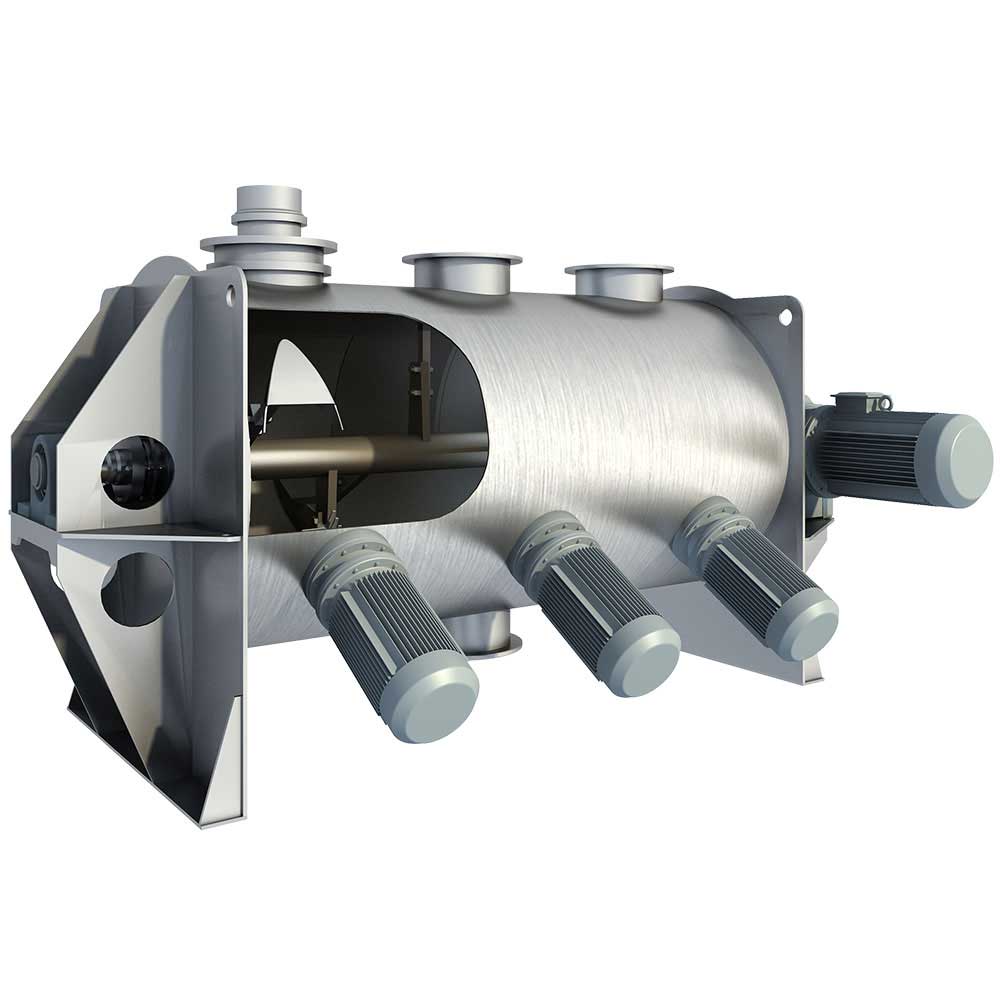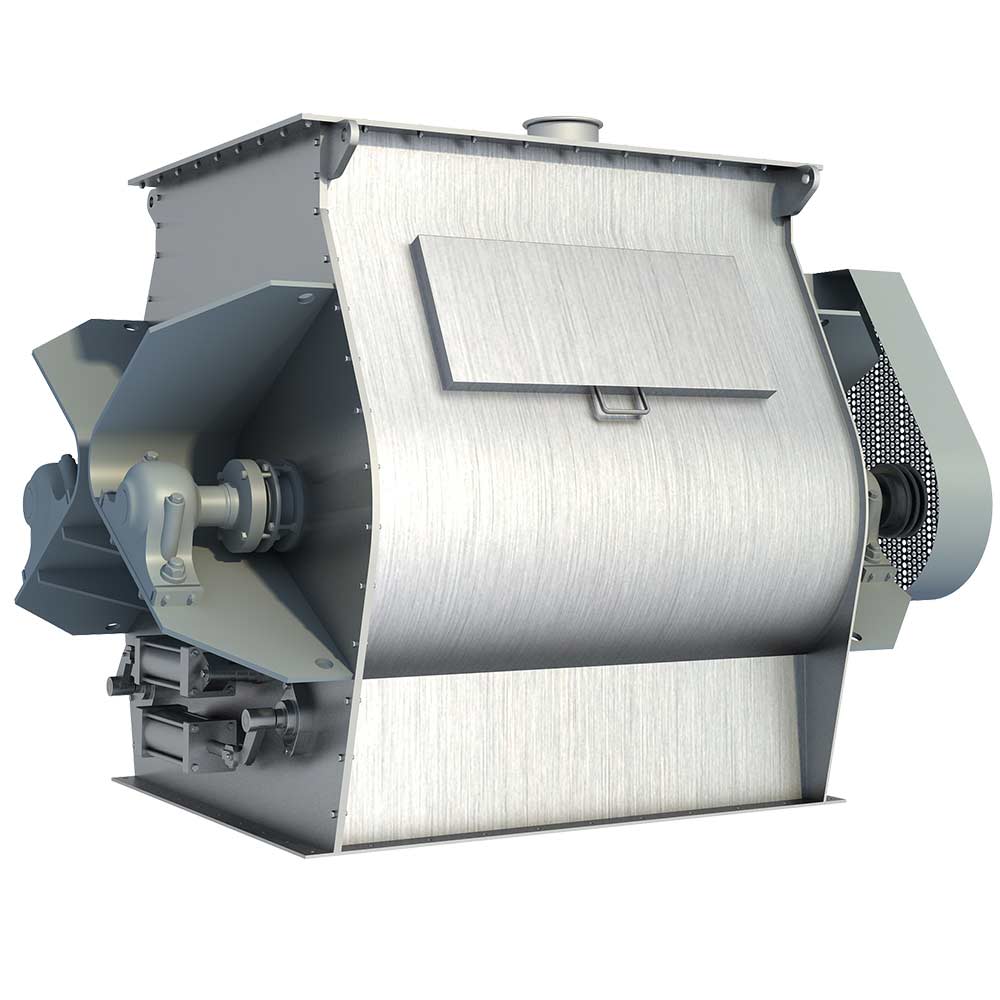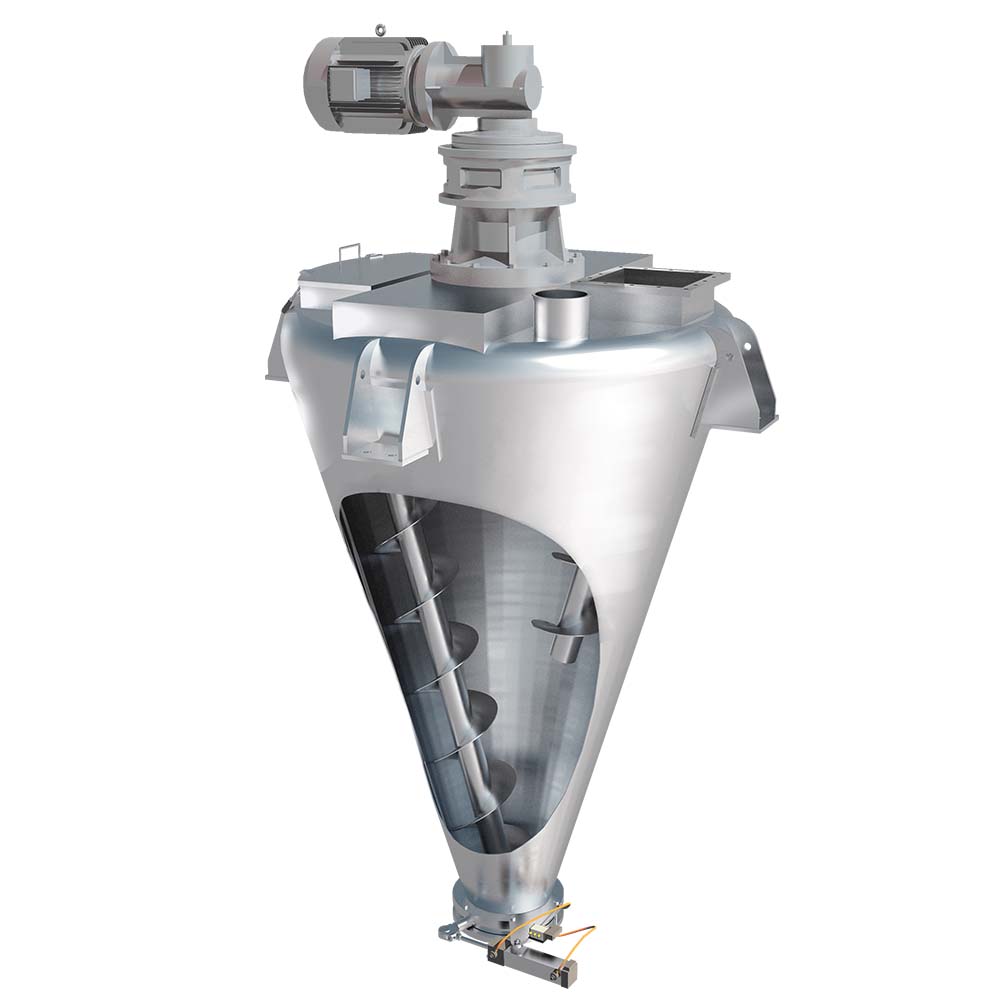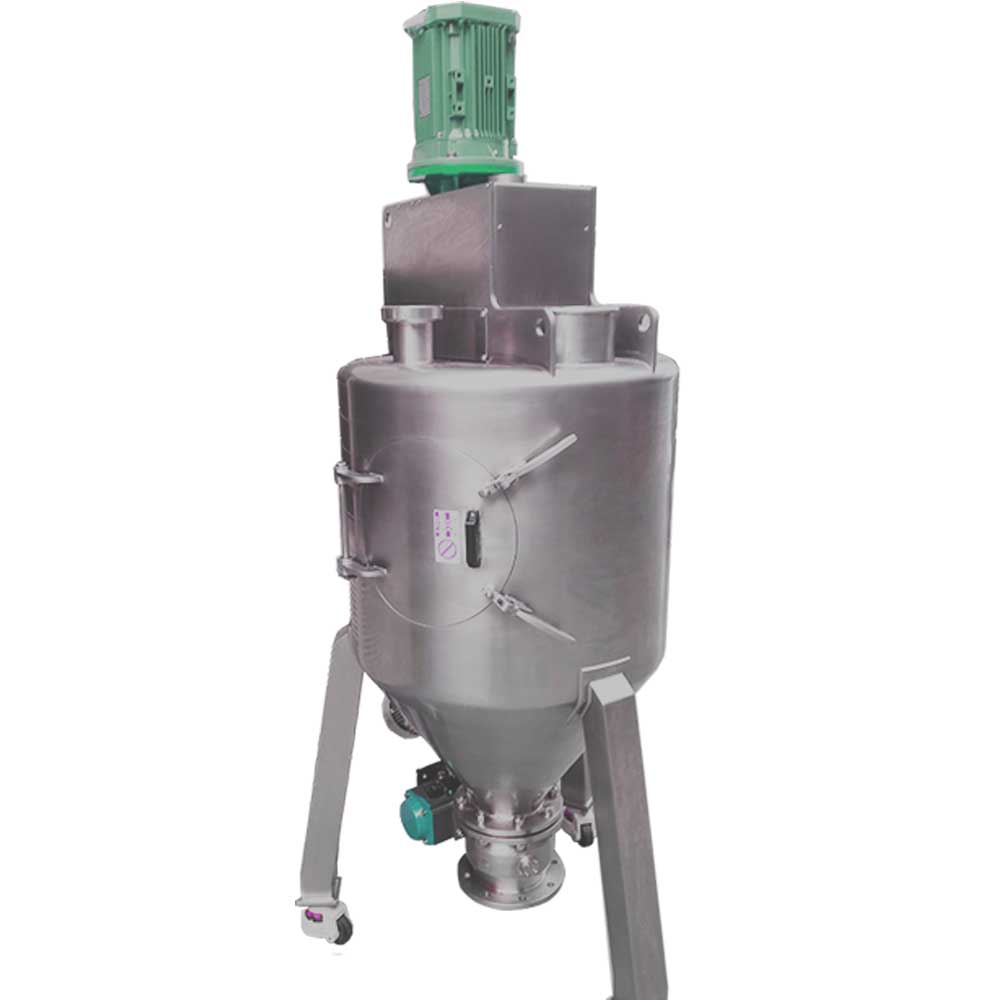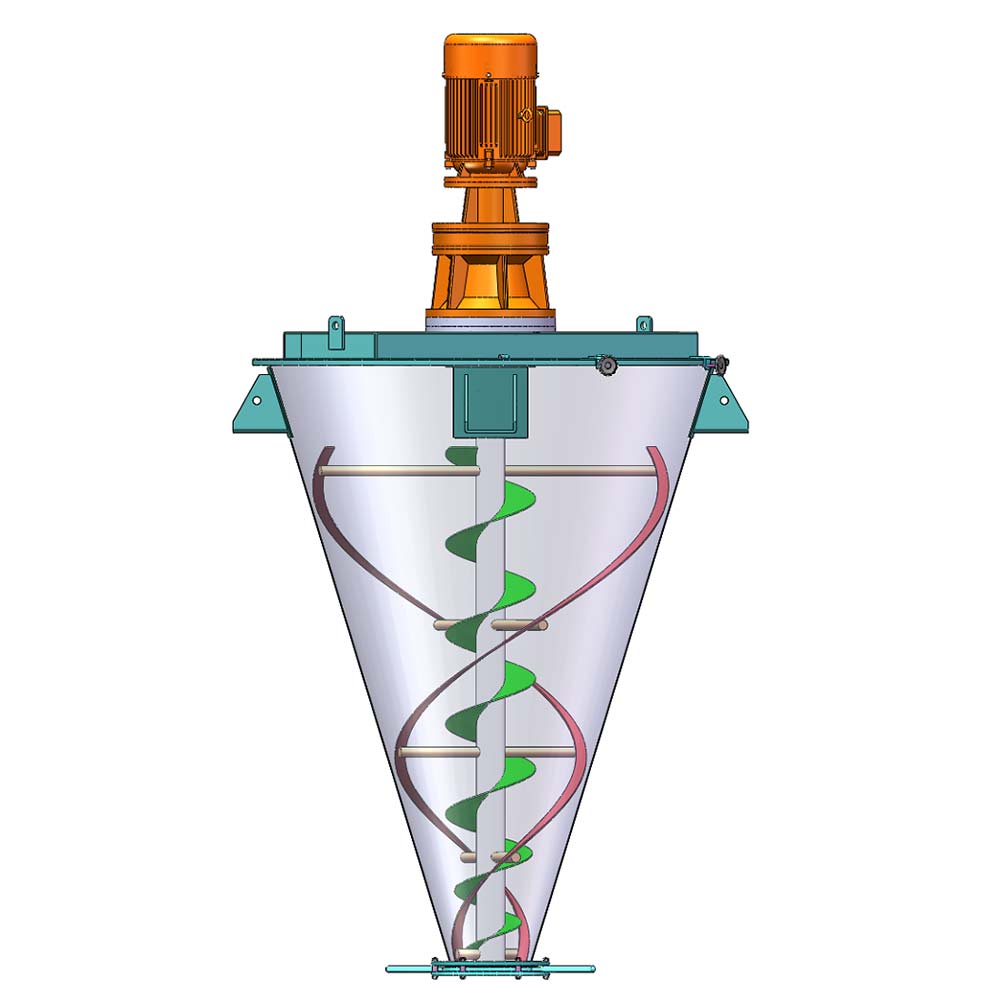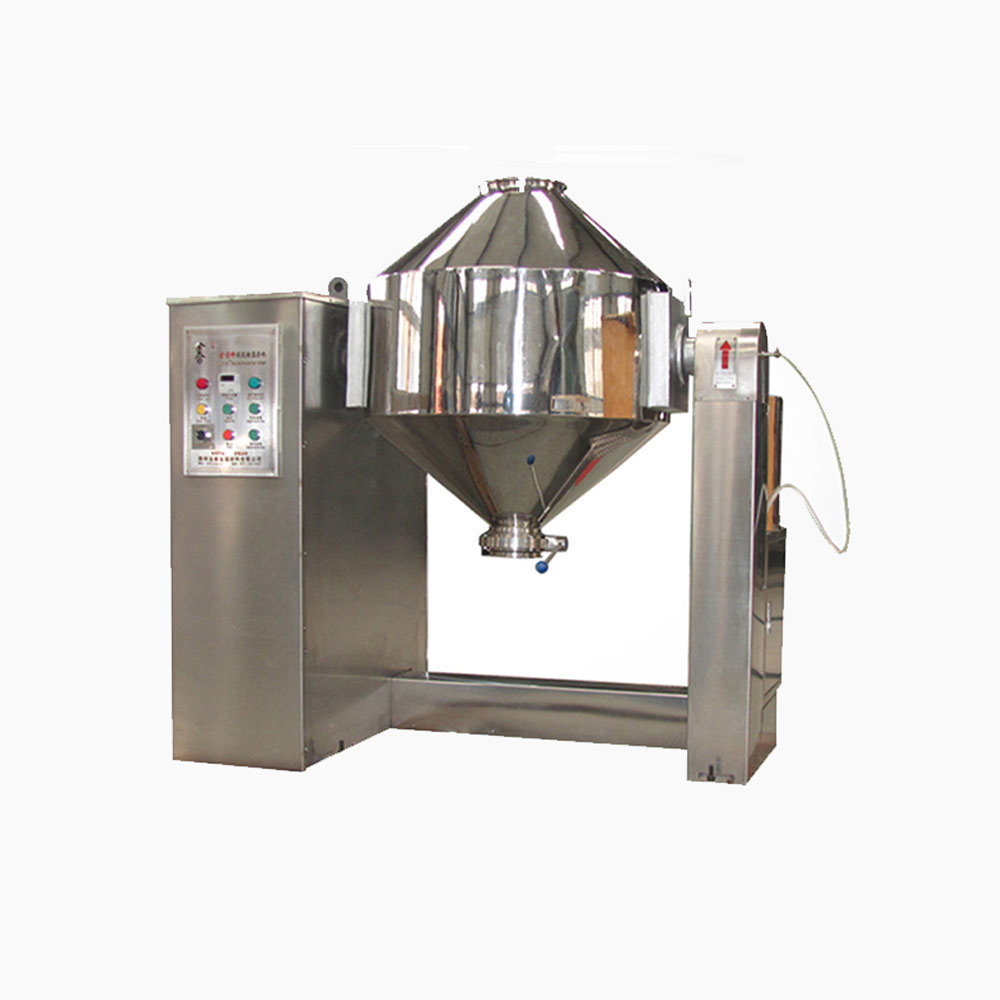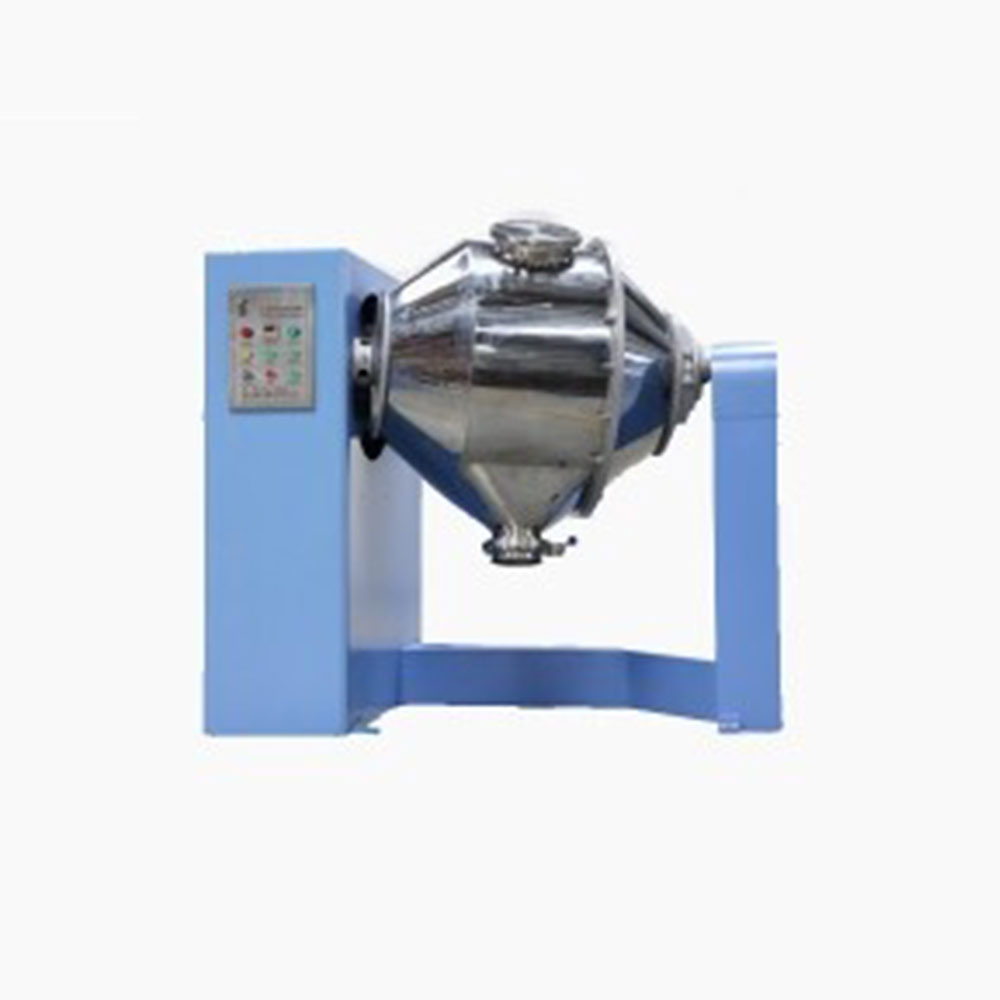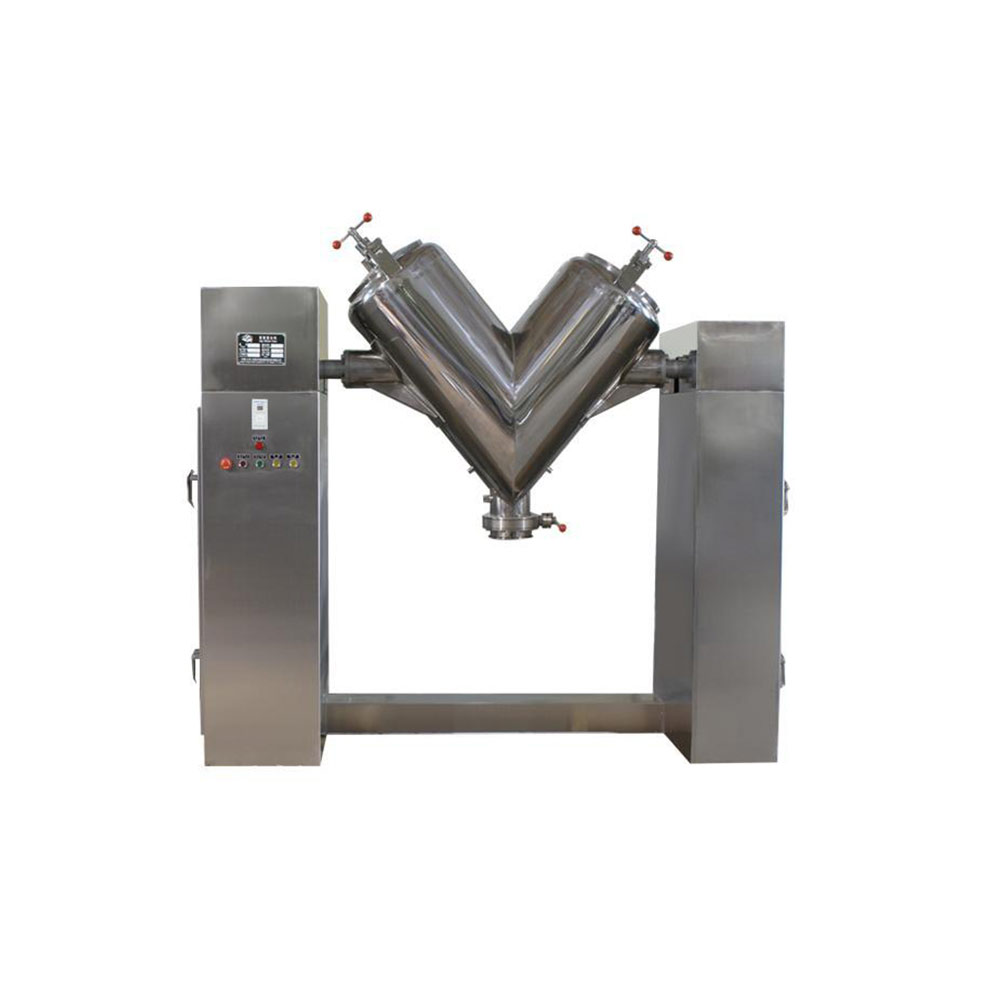Ask An Expert
Frequently Asked Questions
Yes, We can supply simple stand alone panels or automated PLC controlled systems. We normally install and test all controls on our mixers before they are shipped.
Yes, we normally test the mixers before they are shipped and mark out the wire need to connect on the control box.
We manufacture specialty mixing equipment for powder & bulk materials. Included are ribbon blender, plough mixer, conical screw mixer, twin shaft paddle mixer, V blender, double cone blender and other auxiliary equipment such as screw conveyor, quantitive auger filler.
We sell across the world, our cusotmers distribute 5 continents.
Share Us With Your Network
Analysis of batch and continuous mixing technology
Batch mixer and continuous mixer are the two kinds of mixer. This article shows the difference of batch and continuous mixing principle.
Introduction
When talking about the varieties of industrial mixing applications, mixers categorized from shapes, sizes, arrangements, and modes of operation, but they ultimately fit into one of two categories, that’s batch or continuous. In this article the concept of batch mixing and continuous mixing is introduced. The difference between batch and continuous mixers is discussed so that appropriate selection can be made to suit both the process and operational requirements. The batch mixing operation is discusssed in detail along with its applications, advantages and disadvantages, and the standard batch mixers are listed.
Batch Mixing vs. Continuous Mixing
In batch operation, all mixing materials are loaded into the mixer together or in a pre-defined sequence, and mixed until a homogenous material is produced and discharged from the mixer in a single batch. The output of a batch mixer is measured in kg/batch.
The continuous mixer on the other hand is generally dedicated to a single high volume product. Ingredients are continuously fed into the mixer as per the formulation. The mixing goes on when the material moves from the charging port to the discharge nozzle, from where it is continuously discharged. The output of a continuous mixer is measured in kg/hr.
The selection of batch or continuous mixer depends on several factors. Such as, quantity of the material to be mixed, desired standards of homogeneity of product mix, pre-mixing operations and material handling equipment, post-mixing operations, and any multiple product formulation requirement.
Some kinds of mixers are only suitable for either batch or continuous mixing, some other types can be adapted for operation in both batch and continuous mixing operations. For example, tumble blenders (V-blender, double cone blender) are suitable only for batch operation. On the other hand, plow mixer and ribbon blender can be designed for operation in both batch and continuous modes.
Batch Mixing Operation
A batch mixing process typically consists of three sequential steps: weighing and loading mix ingredients, mixing, and discharge of the mixed product.
In batch mixing all ingredients are loaded into a mixer and mixed for duration until they are homogenously distributed or mixed. The retention time in a batch mixer is normally arrived at based on trials wherein the time required for achieving the desired level of product homogeneity is established. Mixing cycle times can range from a few seconds with high intensity units to many hours where additional processing like heating or cooling may be involved. The resulting mix is then discharged out of the mixing vessel. Mixer discharge may be rapid, or it may take substantial time, particularly if the mixer is used as a surge vessel to feed a downstream process. Ideally, a mixer should not be used for storage capacity, because this can create a process bottleneck, as the mixer cannot perform operations of storage and mixing concurrently.
The total batch time is the time required for charging the material into the mixer, the mixing cycle time, discharge time. For applications where product contamination between successive batches is not permitted, the time required for cleaning the mixer should also be added to the total batch time.
Batch Mixers
Several types of batch mixers are available. Some of these are as follows:
• Tumbler Blenders : Double Cone Blender, V-Blenders, Octagonal Blender
• Convective Mixers: Ribbon Blender, Paddle Blender, Vertical Screw Blender, Sigma Mixer, Planetary Mixer
• Fluidization Blenders / Mixers: Plow Mixer, Double Shaft Paddle Mixer (Vortex Mixer)
Batch mixing is the more preferred mode of mixing for many industries and applications producing in small to medium capacities. The factors that influence the selection of such mixers are mixing duration, the size and shape of mixer, and the operating conditions.
Applications of Batch Mixing
Batch mixing is preferred for applications where:
• Many formulations are produced on the same production line.
• Ingredient properties change over time and compensation must be on a batch-by-batch basis.
• Production quantities are small.
• Strict control of mix composition is required.
• It is required to identify a batch for further follow up, example – pharmaceutical formulations, food products.
Advantages of Batch Mixing
The advantages of the batch mixing operation are as follows:
• Precise control of mix quality.
• Batch traceability
• Lower installed and operating costs for small to medium capacities compared to continuous mixing
• Flexibility of production.
• Control of mixing time.
• Pre-mixing of minor ingredients is easily accomplished.
Easy cleaning, lower cleaning costs when product changes are frequent.
Disadvantages and Limitations of Batch Mixing
The disadvantages of batch mixing are as follows:
• Batch mixing is uneconomical when large quantities of material are to be mixed.
• Batch mixing is more labor intensive compared to continuous mixing

